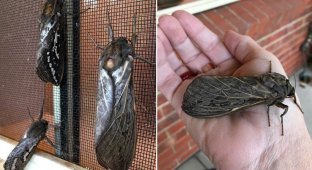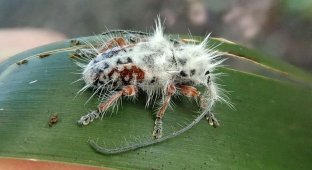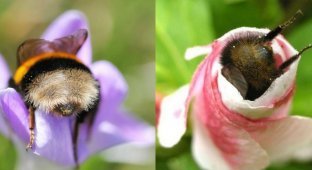We tend to think of moths as dull, gray-brown creatures that flutter about mindlessly against a porch light or street lamp. But their wings are actually dazzlingly colorful, and their patterns sometimes surpass the beauty of butterflies. 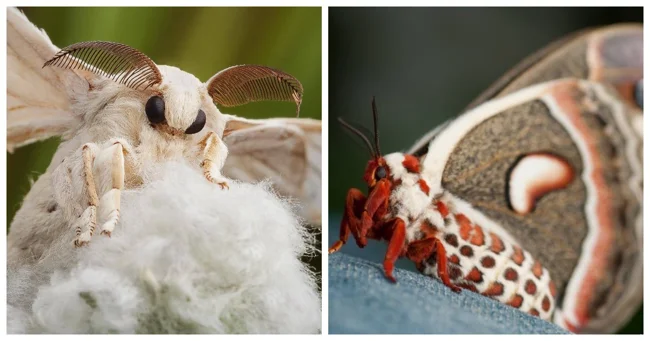
Even the most modest species hide amazing secrets. Some moths are as bright as tropical flowers, others are mouthless, and still others are masters at pretending to be… bird droppings.
1. Moths can be tiny or giant 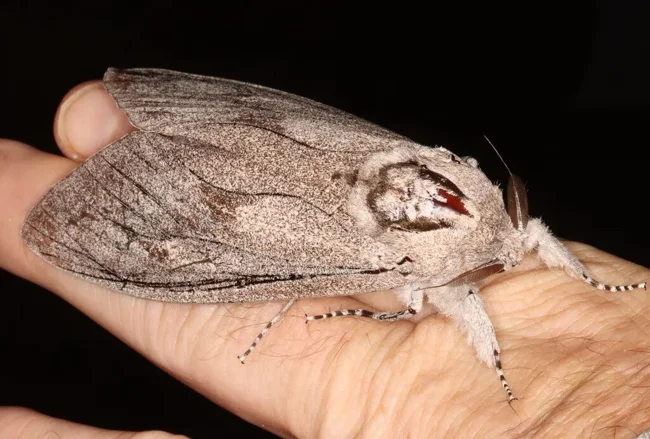
Giant Australian woodworm (Endoxyla cinereus)
The smallest moths belong to the microlepidoptera group. For example, Stigmella maya from Mexico has a wing length of only 1.2 mm - smaller than a grain of rice. And the British Enteucha acetosae fits on a fingernail: its wingspan is 3 mm. 
Hercules moth (Coscinocera hercules)
But the giants are larger than the palm of your hand. The North American cecropia moth reaches 18 cm in wingspan, and the Asian satin moth - 27 cm. But this is not the limit: the South American "white witch" and the New Guinea Hercules moth can grow up to 28 cm.
2. Some moths are born ... without a mouth 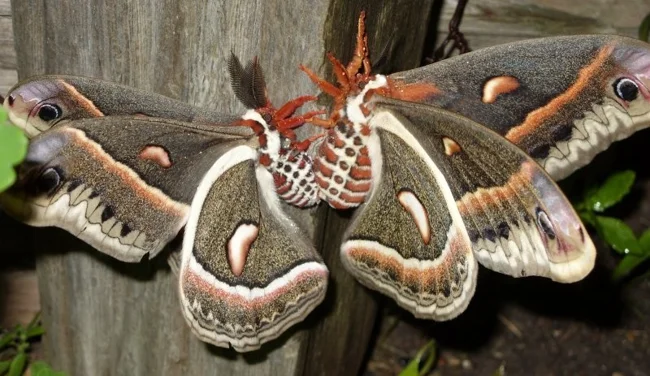
The cecropia moth (lat. Hyalophora cecropia) is born without a mouth and digestive system and lives only a couple of weeks
Many species do not eat at all in adulthood. They eat their fill as caterpillars, and when they turn into moths, they live only a few days - just long enough to mate and lay eggs. Some don't even need a mouth - why have one if you're not planning on having a snack?
3. Masters of Disguise: From Wasps to Bird Droppings 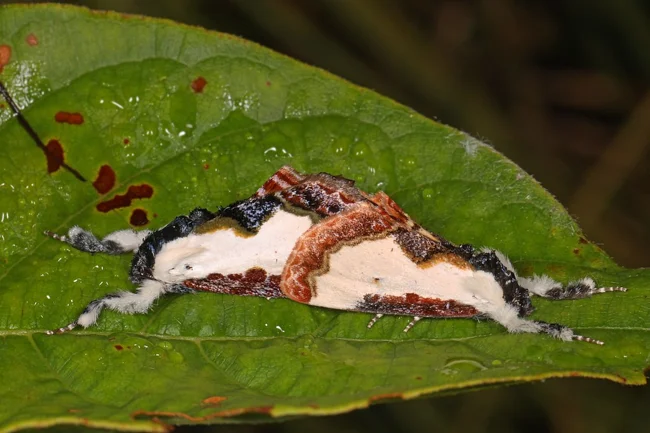
The wood nymph (Eudryas grata) perfectly imitates bird droppings
To escape predators, moths turn into something that no one wants to eat. For example, the wood nymph disguises itself as a drop of bird droppings on a leaf. Other species copy wasps, praying mantises, and even tarantulas.
4. They "sniff" with their antennae 
Moths don't have noses, but their antennae pick up scents better than any radar. Male giant silkworms can smell a female's pheromones from 11 km away! And females can determine the quality of their partner's genes by their scent — right down to their origin.
5. Beer-loving moths 
You don't need complicated traps to attract them at night. A white sheet next to a lamp (the patterns of the wings are more visible on it) and a sweet "paint" of beer, sugar and banana are enough. If you smear it on the bark of a tree, the moths will flock to it like a feast.
6. There are 9 times more of them than butterflies 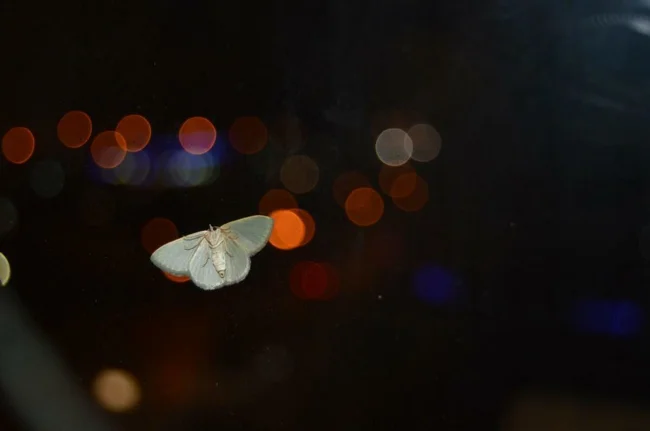
There are 160,000 known species of moths in the world, compared to only 17,500 species of butterflies.
7. Better Pollinators Than They Seem 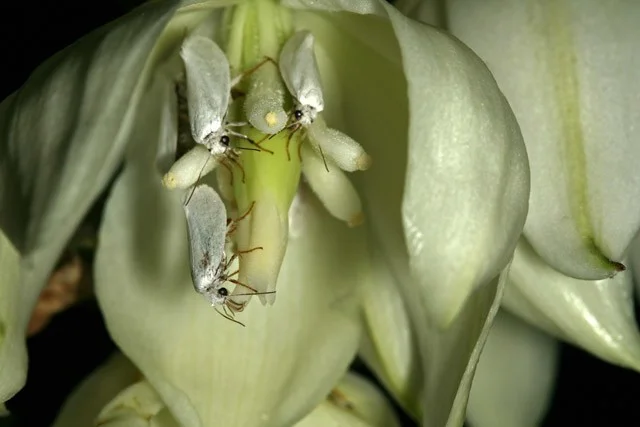
While caterpillars damage crops, adult moths are vital to nature. For example, yucca is pollinated only by yucca moths, while ghost orchids depend on moths with long proboscises. 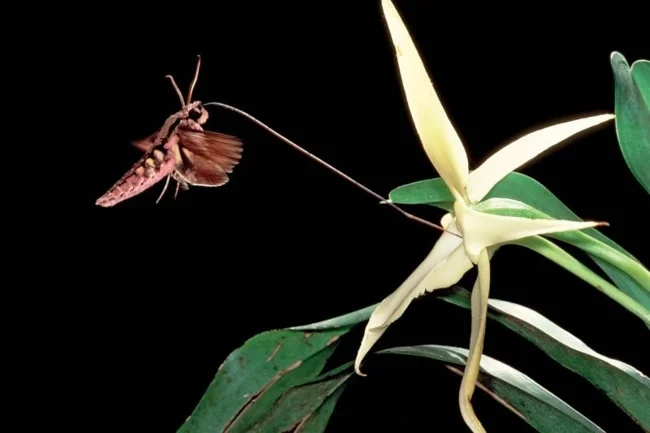
Add your comment
You might be interested in:













